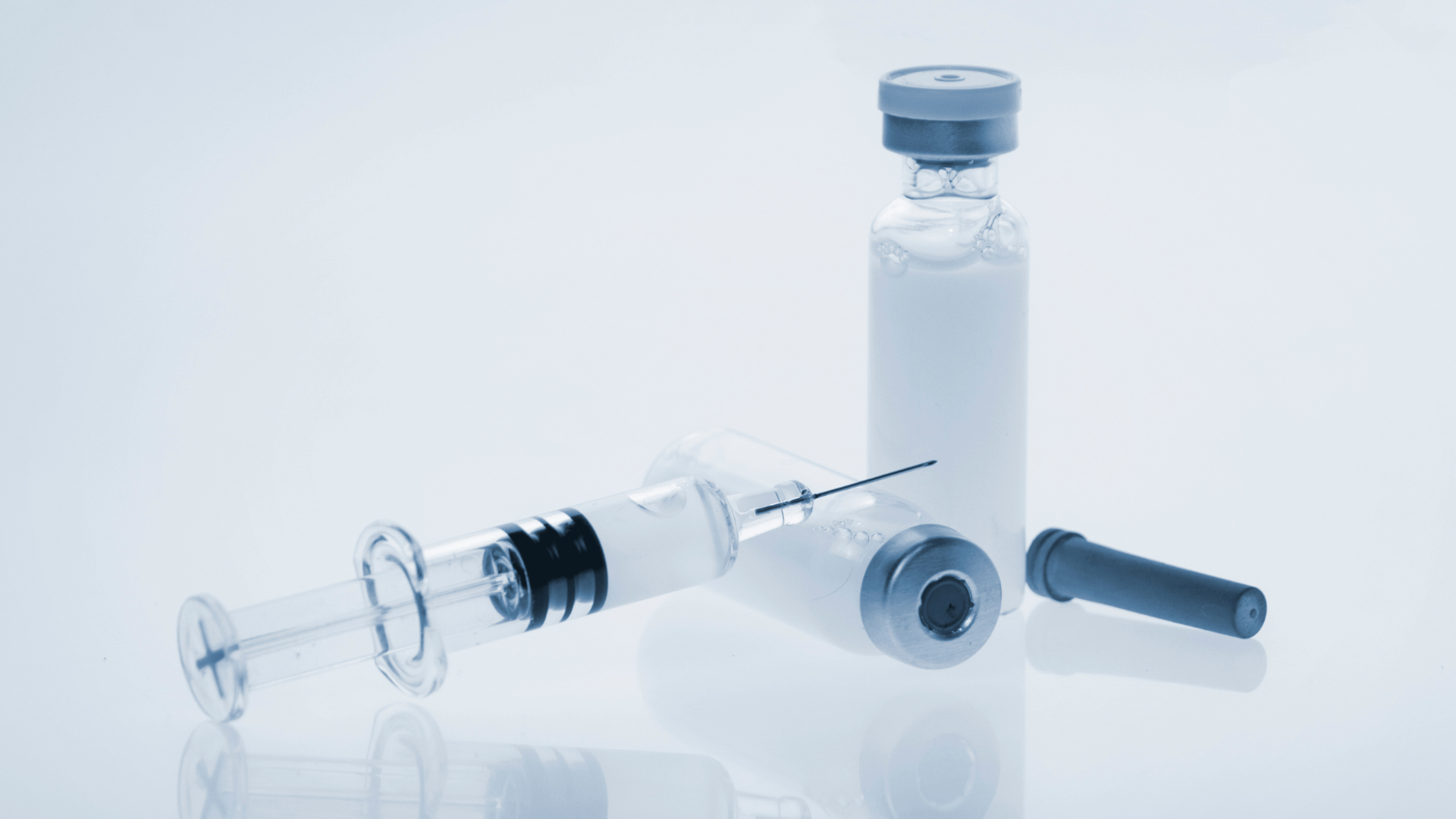
Benzene
Benzene
Main Industries and Occupations at Risk
- Petrochemical industries, e.g., manufacture of benzene, production of carbon black;
- Petroleum refineries;
- Petrol retailers, e.g., oil terminals (loading and unloading), service stations, airport terminal workers (aviation gasoline);
- Manufacture of some types of plastics, synthetic fibres and nylon (cyclohexane), detergents, synthetic resins, butadiene rubber, styrene, phenol, lubricants, dyes and pesticide;
- Laboratories, e.g., use of benzene in analytical techniques;
- Work involving use of commercial solvents such as toluene and xylene (benzene may be present as a contaminant);
- Work involving handling of fuels containing benzene, e.g., vehicle workshops;
- Bulk storage terminals loading, unloading, storage of petrol and related products, benzene etc;
- Waste treatment plants handling benzene-containing waste material;
- Sampling of waste water from plants handling benzene.
Medical Examinations
Indications
- Any occupational exposure to benzene
Types of Tests and Frequency of Examinations
- Pre-placement medical examination: within three months of employment
- Clinical examination with particular emphasis on:
- i. past, present, and anticipated future exposure to benzene;
- ii. haematological and central nervous system disorder;
- iii. current usage of medication with potential hematotoxic side-effects
- Tests:
- i. Haemoglobin (Hb);
- ii. Full blood count–total white blood cells, red blood cells and platelets (FBC);
- iii. Peripheral blood film (PBF) to look for blast cells;
- iv. Urinary tt-muconic acid (ttma) or s-phenylmercapturic acid (spma) estimation in an end-of-the-shift urine sample taken mid-week (creatinine-corrected; inhalation of tobacco smoke and use of sorbitol increases background levels and this should be considered in the interpretation of the results).
- Unfit for exposure to benzene:
- i. History of myelodysplastic syndrome;
- ii. Young persons under 18 years of age;
- iii. Pregnant/nursing mothers;
- iv. Persons diagnosed with liver disease.
- Note: Persons with thalassaemia minor may work with benzene.
- Clinical examination with particular emphasis on:
Benzene
Pre-placement and 12-monthly periodic medical examination |
||
| 1 | Clinical examination with emphasis on past, future exposure to benzene; haematological and CNS disorder, concurrent use of medication with potential haematotoxic side effects | $50 |
| 2 | Haemoglobin | $25 |
| 3 | Full blood count – total wbc, RBC, platelets | |
| 4 | Peripheral blood film to look for blast cells | |
| 5 | Urinary tt-muconic acid (ttma) or s-phenymercapturic acid (spma) estimation in end of shift urine sample taken midweek (creatinine-corrected) | $350 |
